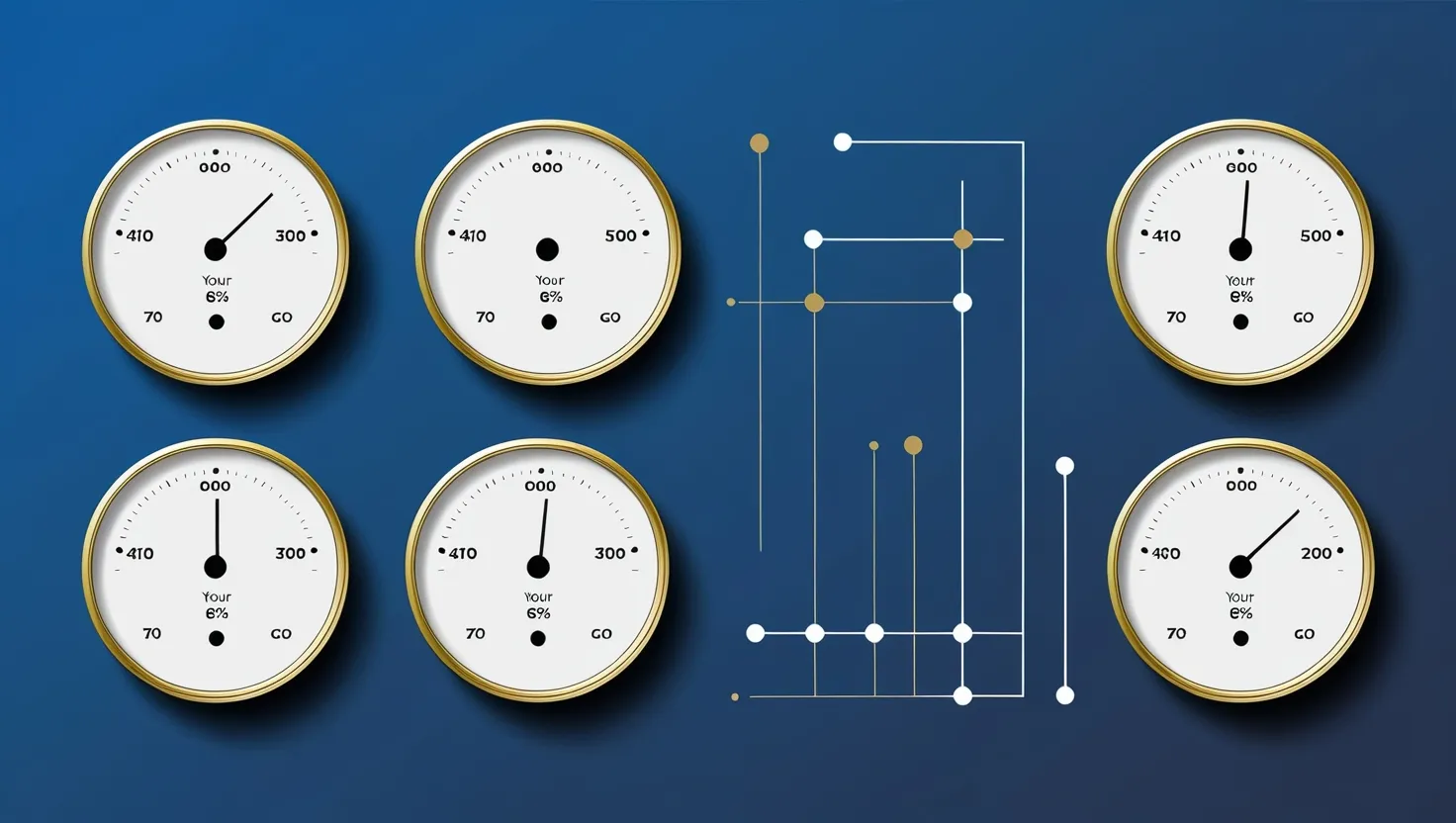If you’re an everyday investor aiming to keep more of your returns, tax optimization isn’t just for the wealthy or for those buried in paperwork. It’s a smart approach that anyone can use—no matter how small their portfolio might be. So let’s keep this simple and focus on a few clever ways to save on taxes that you might not hear about very often.
Imagine your money is like a garden. The less you let weeds—meaning taxes—take over, the more you have for yourself. Albert Einstein once said, “The hardest thing in the world to understand is income tax.” I find that comforting. If a genius found this complex, we can all admit it’s a challenge.
Now, onto the basics. Think about contributing regularly to accounts like IRAs or 401(k)s. Even if you’re only able to set aside a small amount each month, these accounts help your investments grow without being reduced by yearly taxes. Have you ever wondered what might happen if you set up automatic deposits, even just $50 or $100 per paycheck? Over several years, the impact could surprise you. Not only does your nest egg grow, but you save on taxes right now and later, especially if you end up in a lower tax bracket during retirement.
Did you know Roth IRAs are unique because you pay taxes before you contribute? But afterward, all your growth and withdrawals are tax-free. It’s a way to sneak past future taxes if you think your income will rise or if tax rates go up. Some people prefer Roth, some traditional IRAs. Have you thought about which one makes more sense for your situation?
Here’s another trick: tax-loss harvesting. J.P. Morgan famously said, “The first step towards getting somewhere is to decide that you are not going to stay where you are.” If an investment is losing value, most people feel frustrated and just hope it bounces back. But if you sell that underperforming stock at a loss, it can offset other gains. In plain terms, losing on purpose can sometimes mean winning at tax time. Suppose you made $5,000 by selling some shares at a profit but lost $3,000 selling others. You only pay taxes on the difference, not the full gain.
This isn’t a one-time move. It’s something you might check every few months. When was the last time you sat down and reviewed your investments—looked for those losers you might put to work by selling them? If you’re unsure, put a reminder on your calendar, maybe after each quarter or before the year ends.
Long-term holders have another edge. Selling investments you’ve owned for more than a year often means you pay less tax. Why? The government likes stable investing—so you get a lower rate on long-term capital gains than if you sell after just a few months. Right now, that rate might be 15%, compared to much more if it’s “short-term.” So if you’re always buying and selling quickly, you may be spending a lot on unnecessary taxes. What if you shook up your habits and started thinking one-year ahead instead of days or weeks?
Have you ever considered giving to charity with stocks instead of cash? There’s a double win here. When you donate shares that have gone up in value, you skip paying capital gains taxes altogether, and you also get a charitable deduction for the full market value. Andrew Carnegie, one of the wealthiest men in history, once said, “No man becomes rich unless he enriches others.” You don’t have to be a billionaire to benefit from this. If you give every year, maybe start by gifting shares or setting up a donor-advised fund—a tool for smart charitable planning. It doesn’t require a massive portfolio. Even a handful of appreciated shares can save you money.
Timing is also essential. Income recognition might sound technical, but it’s just about deciding when you officially “earn” money. If you expect to make less next year or know you’ll be in a lower tax bracket, you can sometimes move income—like bonuses or freelance work—into the following year. The same works for deferring billing or asking your employer to shift year-end payments. Small details in timing can mean keeping more in your pocket.
Automatic contributions are powerful. I set mine up so I never forget, and I never miss a tax opportunity. Most brokerage accounts and banks can do this. It takes ten minutes now but saves headache and money for years.
If loss harvesting sounds complicated, robust tools and apps can now track losses and suggest moves. Some even automate the process. I still prefer checking manually every quarter to understand what’s happening with my investments. When was the last time you logged in and took a close look under the hood?
Charitable donations are less painful when you give stocks rather than cash. It’s surprising how many people never realize that visible price gains on their investments can be gifted, not just spent. Maybe you supported a local charity last year. Did you donate cash, or could you have gifted some shares that had gone up in value? That simple switch can mean big tax savings.
Meeting with a tax advisor once a year changes everything. It’s not just for the rich. Most advisors can spot little shifts in your portfolio or in the tax code that you’d never notice on your own. Think of it like getting your car checked before a long road trip—catch the problems early and avoid a breakdown.
Tax regulations change. What worked last year might not work next year. Keeping one eye on policy updates and another on your account balances helps you adapt. If you find yourself lost, ask for help—even just a quick call or email with your advisor before tax season starts.
Let’s imagine a few scenarios that can make this all clearer. Suppose you contribute the maximum to your Roth IRA every year. Over time, each dollar grows free from tax, and you owe nothing when you withdraw, no matter how much growth you’ve seen. Or maybe you sell a stock that’s struggled for years, turning a $2,000 loss into a reduction in your taxable income. If you make sure most of your investments are held at least a year, your gains get the lower capital gains rate—say 15% instead of twice that amount.
If you’re feeling generous and gift some of your winning shares to charity, you avoid tax on the gain, give more, and still get a deduction. If you expect a bonus at year-end but realize your taxes will be lower next year, you ask your employer to delay payment, comfortably sitting in a lower bracket and owing less. These aren’t high-level tricks—they’re things you, me, and everyone can do.
Are you tracking your net investment returns—or are taxes quietly eating them away? If you visit your online account, take a look not just at what your investments have earned but what you might owe in taxes. Sometimes, your overall return can be improved by shifting just a small part of your strategy.
You don’t need a master’s in finance or stacks of paperwork. Start with automatic contributions. Check losses after each quarter and see if any underperformers can offset gains. Plan your charitable gifts with stocks, not just cash. Schedule a meeting with a professional, even once a year.
Here’s something I ask myself every December: am I leaving any easy tax savings on the table? That quick review often leads to an actionable step I can handle in an afternoon.
As Warren Buffett says, “Someone’s sitting in the shade today because someone planted a tree a long time ago.” These strategies aren’t glamorous, but over a lifetime, they create a shade that keeps your money cooler—less exposed to the burning sun of taxes.
Being proactive with taxes doesn’t mean you’re chasing loopholes or getting lost in pages of tax code. It means thinking ahead, sometimes by just a few weeks or months, and making simple choices that have big effects. If you’ve read this far, maybe it’s time to set a calendar reminder, review your contributions, schedule that advisor meeting, and, of course, see which stocks could be put to work for you—either by selling at a loss or gifting to charity.
Are you ready to start saving more on taxes this year? What small step could you take today that makes a substantial difference next April? The journey begins with one action—the rest follows.






